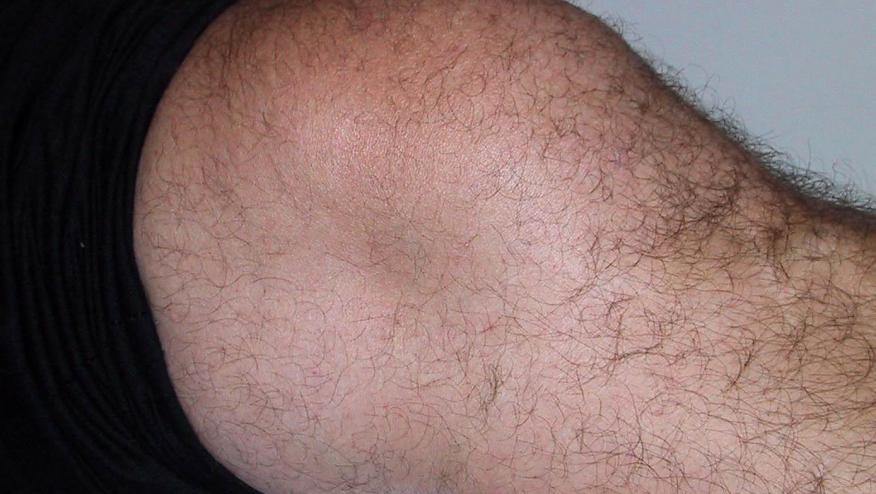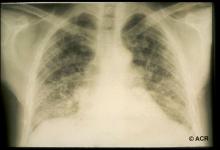Aspergillus Arthritis - A Rare Opportunistic Infection Save

The International Osteoarticular Mycoses Consortitum has publist their review Aspergillus arthritis caused by invasive aspergillosis.
Their review identified 31 evaluable cases, 87% of whom were males and adults.
More than half (55%) were immunosuppressed by either hematological malignancies (26%), steroids (39%), or transplantation (26%).
Oligoarticular infection (45%) with or without a contiguous osteomyelitis (61%) were most often seen.
Commonly affected joints include the knees (35%), intervertebral discs (26%), and hips (16%)/
The most common species was Aspergillus fumigatus (77%) followed by A. flavus (13%) and A. niger (3%)
Labs usually revealed a very high ESR (~90 mm/hr) and median CRP (median 3.6 mg/dl) with inflammatory synovial fluid WBC counts ranging from 7,300-128,000 (mean was 17,200/μL).
Radiographs often show osteolysis (35%).
Most required combined medical and surgical therapy (61%), that included amphotericin B or itraconazole with a long duration of therapy of (median 219 days; range 30-545).
Complete or partial response was achieved in 71% and relapse occurred in 16% and the overall survival was 65%.
Aspergillus arthritis mainly develops as a de novo infection involving knees and intervertebral disks in immunocompromised patients with localizing symptoms. Contiguous osteomyelitis is frequently observed.
Diagnosis is established by synovial fluid culture.
Aspergillus arthritis is therapeutically challenging with most patients undergoing surgery and protracted antifungal therapy.







If you are a health practitioner, you may Login/Register to comment.
Due to the nature of these comment forums, only health practitioners are allowed to comment at this time.